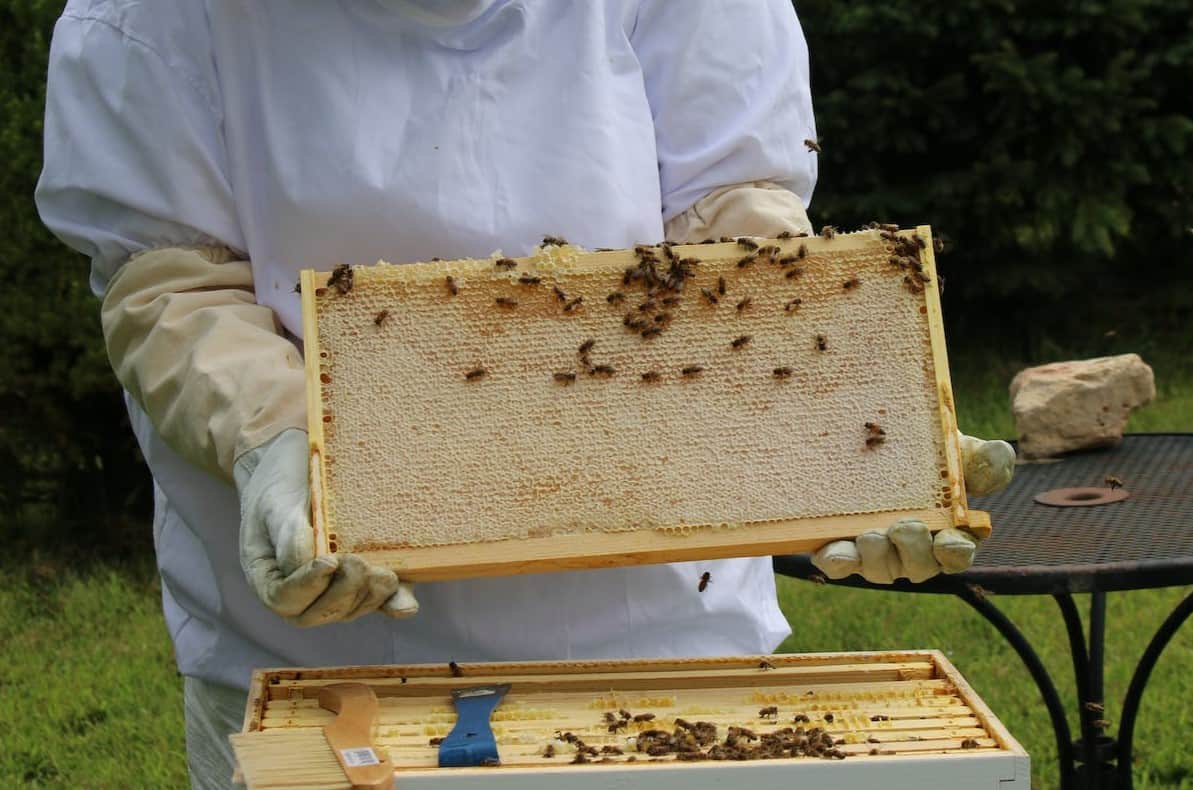One of the many wonders that bees bring us is the production of honey that we love so much. We know that honeybees work tirelessly to gather enough nectar and pollen to provide us with this liquid gold. But have you ever wondered how much honey does one hive produce?
You may have had this question among your list of questions about bees and beekeeping for some time now.
In this blog post, we’ll learn how much raw honey a single hive can produce. We’ll also uncover some of the factors that could affect honey production.
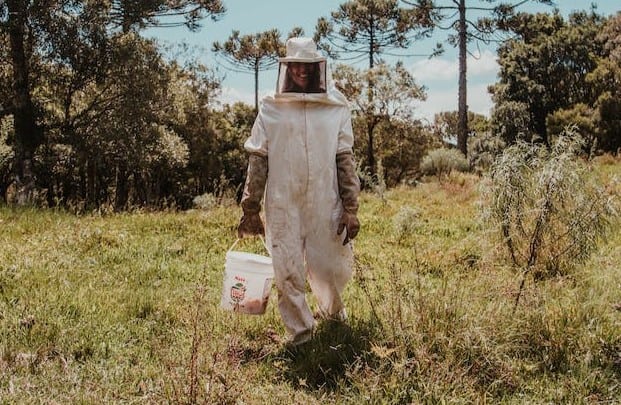
Common Factors Affecting Honey Production
Honey production is influenced by a variety of factors that can affect the overall yield of a hive. Each of these factors plays a crucial role in how much honey a hive can produce.
Hive Style
The style of the hive a beekeeper uses would play an important role in the overall productivity of the colony.
There are different types of beehives, each with its own advantages and considerations.
One of the most popular ones among beekeepers is the Langstroth Hive, featuring wooden boxes stacked one on top of the other. It is a customizable design that allows beekeepers to add honey supers for more honey yields.
Another commonly used type of hive is the Top Bar Hive. This hive type mimics the shape of a hollow tree trunk.
This could prove beneficial as it provides a more natural environment for the bees, encouraging them to work better and produce more honey.
Beekeepers should carefully choose a hive type that would align with their goals and practices.

Weather
Weather also plays a vital role in honey production.
During warmer days in the summer and spring, nectar flow is abundant, and honey production can reach its peak.
Honeybees are able to forage for nectar from flowers and produce honey in large quantities. The bees are more active, and the hive population is usually at its highest during this time, resulting in a high honey yield.
However, extreme weather conditions like long droughts or heavy rains can affect the availability of nectar sources, making it more challenging for the worker bees to go out of their hives and collect nectar.
During moments of droughts, a nectar dearth can occur when there is a scarcity of flowers. When there is a nectar dearth, honey production is also reduced as foraging bees struggle to gather nectar to produce honey.
Similarly, while bees can fly under soft rain, it has been observed that bees do not come out of their hives during prolonged periods of rain.
They tend to avoid the potential dangers of flying against heavy rainfall as their wings get wet, causing difficulty in flapping. Additionally, the bees’ wet bodies would weigh them down, making them heavier and more difficult to fly.
Extreme cold temperatures can also limit the bees’ foraging activity, affecting honey production. While honeybees do not hibernate, they do not leave the hive during the winter to forage. Instead, they cluster inside the hive to keep themselves warm.
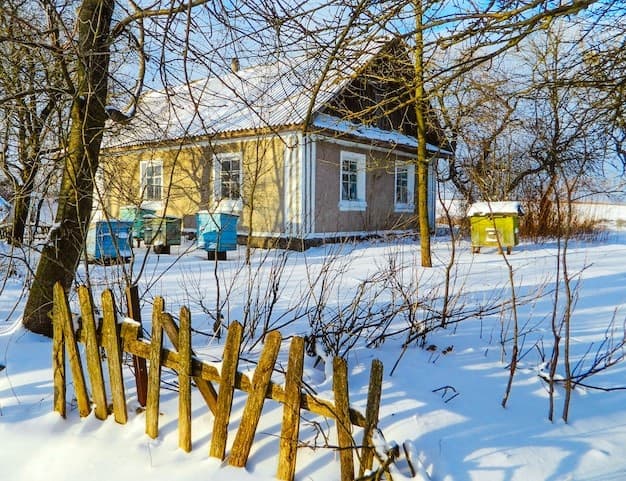
Genetic Factors
A bee’s genes can affect its behavior and productivity. Beekeepers should understand their bees’ genetic makeup if they want to optimize honey production.
Some bees, like the Carniolan Honeybees, tend to be better foragers than others.
Also, some worker bees are born to be more active than others in gathering nectar from flowers.
Health of the Colony
The health of the colony plays a crucial role in honey production. A strong colony of bees with a large population of worker bees has a higher potential for honey yield.
These workers are responsible for foraging nectar and bringing it back to the hive. A strong population of worker bees would bring in more nectar to turn into honey.
A healthy queen bee is also essential for a healthy colony. She is tasked with laying eggs and creating offspring. A strong queen will lay a sufficient number of eggs that would later grow into more worker bees that can efficiently collect nectar and produce honey.
Diseases and parasites also pose significant challenges to the colony that would affect honey production.
Beekeepers must perform regular hive inspections and take appropriate actions to prevent the onset of diseases and parasite infestations.
Through the prevention of diseases and parasite infestations, your bees are healthier, ensuring optimal foraging performance for a higher honey yield.
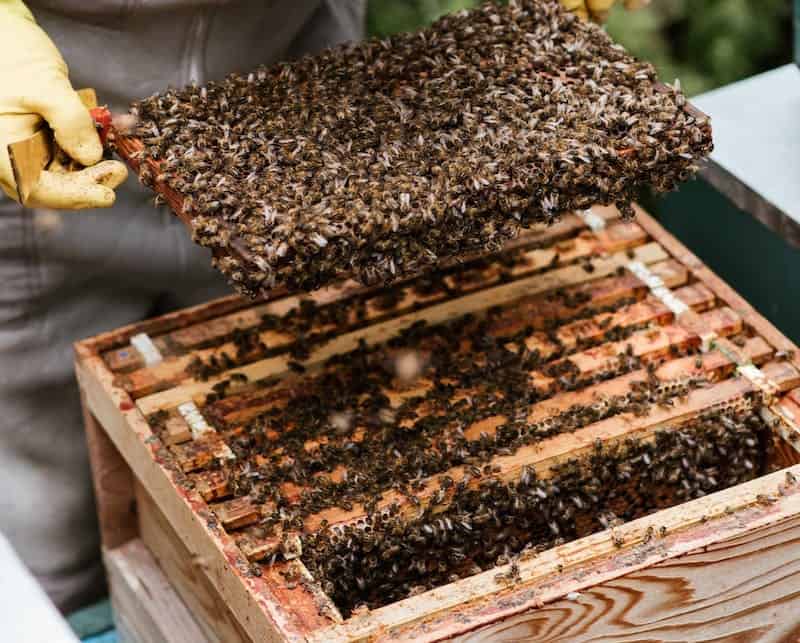
Location of the Hive in Relation to Availability of Nectar Sources
Of course, a strong population of worker bees is useless without nectar sources within the vicinity.
Hence, beehive placement, in relation to the availability of nectar sources, is also another important factor that would affect honey production.
Hives placed in areas where there are abundant floral sources will generally have higher honey production compared to hives located in more barren or urban areas with limited access to nectar-rich flowers.
On the other hand, placing your hives in areas with limited forage would be a challenge for your bees.
Bees cannot fly too much in search of nectar. They would tire themselves out before being able to get back to the hive.
Proper Hive Management
Experienced beekeepers have long identified that proper hive management contributes to a stronger colony, in turn increasing productivity.
Again, regular hive inspections should be performed for the prevention of disease and pest infestations.
At the same time, it will allow any beekeeper to take early and timely action to address these hive issues.
In times of low honey stores, beekeepers should also provide supplemental feeding when necessary. This would ensure that the bees have enough food intake to keep them strong and productive.
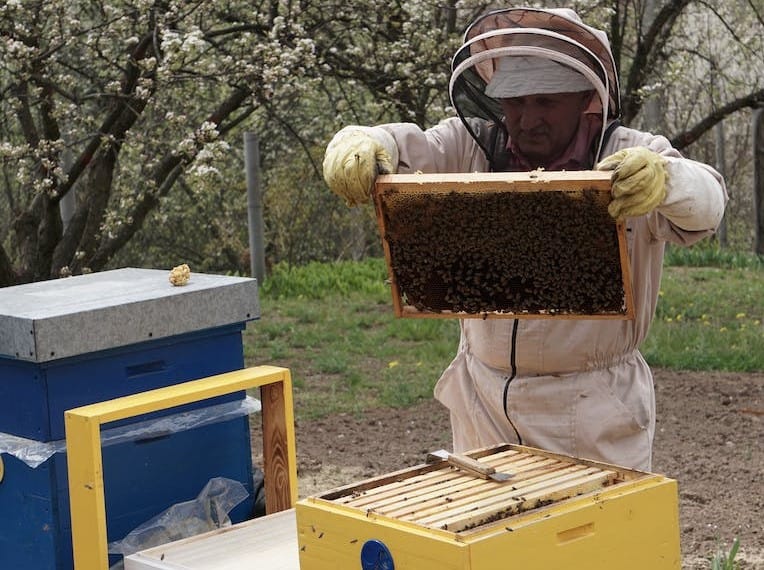
How Much Honey Can You Expect to Get from a Single Hive?
When it comes to honey production, one question that often arises is: How much honey can you expect to get from a single hive?
There is no definite answer to this question. Of course, this would depend on the type of beehive you may have. And again, the factors enumerated above can affect this estimate.
How Much Honey Does a 10-Frame Hive Produce?
A 10-frame beehive is a popular choice among beekeepers as it can accommodate a large colony of bees. With this higher capacity, a 10-frame hive has the potential to yield a significant amount of honey.
If you have a 10-frame beehive, on average, you can get 30 to 60 pounds per year from a single hive.
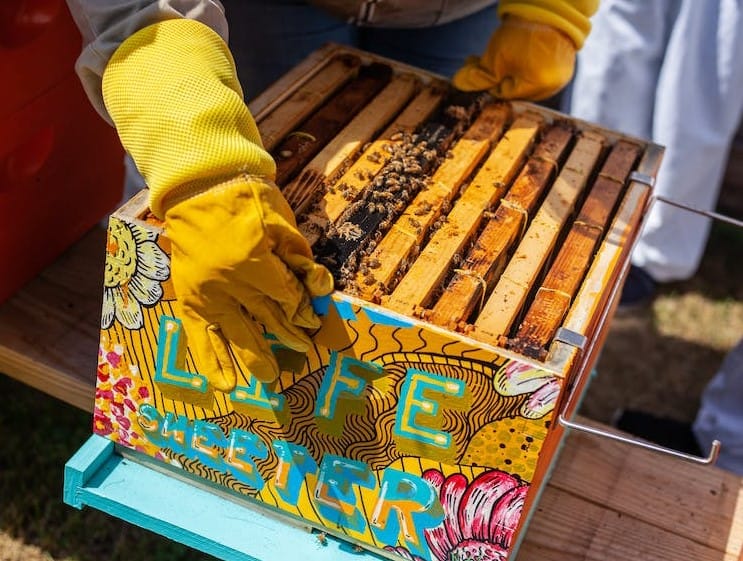
How Much Honey Does an 8-Frame Hive Produce?
An 8-frame beehive is smaller than a 10-frame hive, holding two less frames. As a smaller version, it is lighter in weight, making it easier to move when necessary.
Some beekeepers prefer these smaller beehives as these hives occupy a smaller area. A smaller hive makes a perfect choice for backyard beekeeping.
Additionally, there would be two less frames to inspect during a hive inspection, making things easier for the hobbyist or a beginning beekeeper.
While there is no definite number on how much honey one can get from a single 8-frame hive, on average, a well-managed 8-frame hive can yield approximately 20 to 40 pounds of honey per year.

Final Thoughts
While there is no definite answer to this beekeeping question, we now understand the factors that are in play.
Understanding these factors would give us a glimpse into how to help our bees maximize their potential for honey production.
In summary, a 10-frame hive can yield around 30 to 60 pounds of honey per year, while an 8-frame hive, smaller yet equally productive, can produce approximately 20 to 40 pounds annually.
